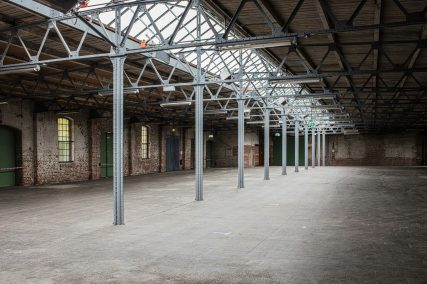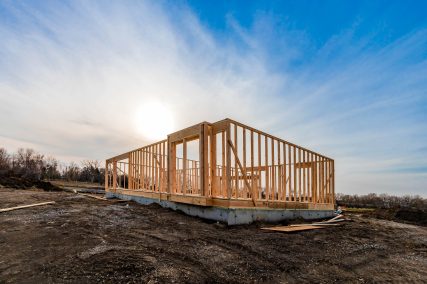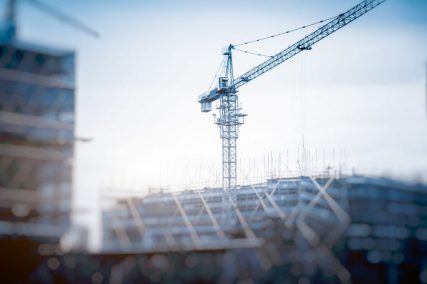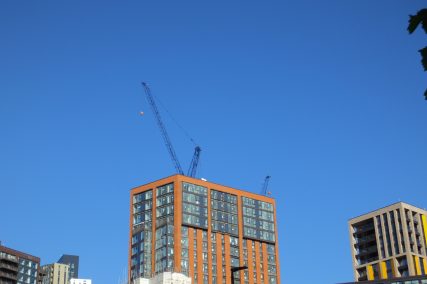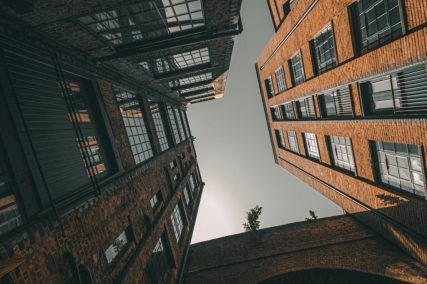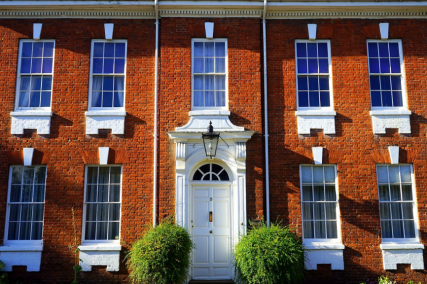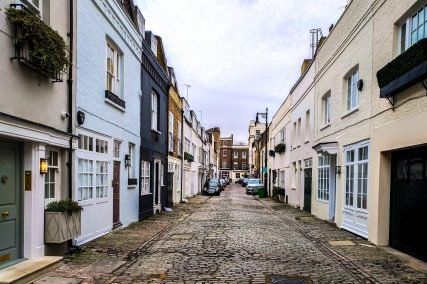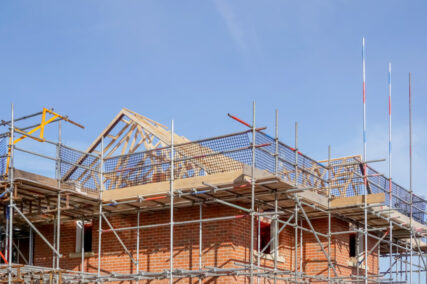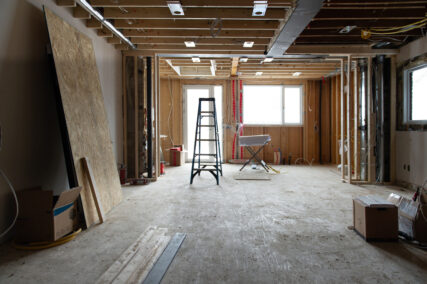How does refurbishment property investment work?
Refurbishment property investment works by buying a property that is in poor condition, renovating it to improve its value, and then selling or renting it out to generate income. Here are the key steps involved in this process:
- Identify a suitable property: Investors must identify a property that is in need of refurbishment and has the potential for value appreciation. This could be a run-down property or a property that requires significant repairs.
- Assess the cost of renovation: The next step is to assess the cost of renovating the property. This includes factors such as the cost of repairs, materials, labour, and any necessary permissions.
- Secure financing: Investors must secure financing to cover the purchase price and renovation costs of the property. This can include traditional mortgages, renovation loans, or private funding.
- Refurbish the property: Once financing is secured, the property can be refurbished. This typically involves hiring contractors or doing the work oneself to make necessary repairs, upgrade systems and fixtures, and improve the overall condition and appearance of the property.
- Market and sell or rent the property: Once the refurbishment is complete, the property can be sold or rented out. Investors can choose to sell the property at a higher price than they purchased it for, or rent it out to generate regular income.
Refurbishment property investment requires careful planning and execution to ensure that the costs of renovation do not exceed the potential returns. Investors should conduct thorough market research, consider the costs of renovation, and have a clear exit strategy in place before embarking on a refurbishment property investment project.

